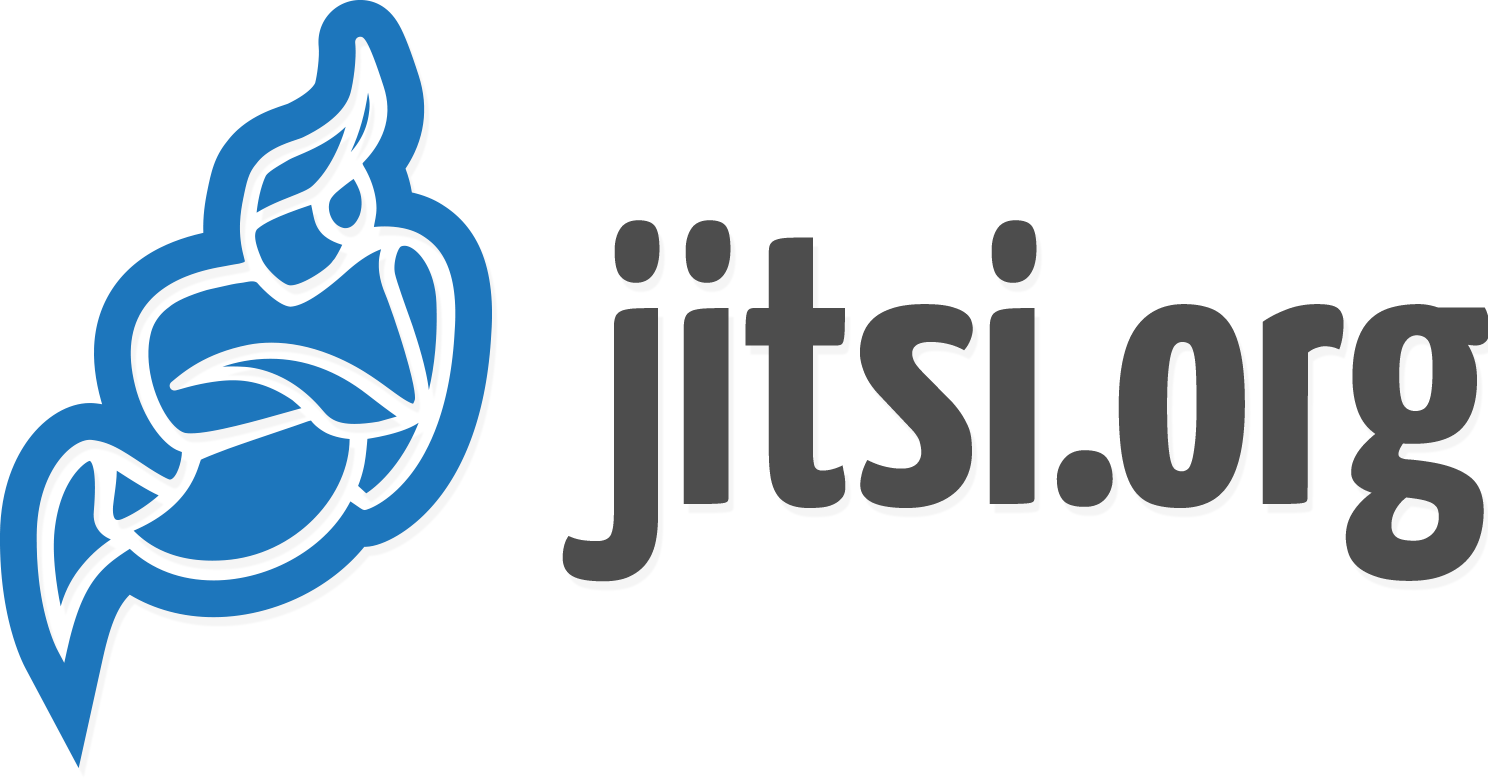ARTICLE
6 BEST ONLINE MEETING APPS
If you suddenly find yourself working from home or another remote location, you’re going to miss those interactions with other people. Video conferencing can help by allowing you to talk face-to-face, even if it is via a screen.
Fortunately, there are plenty of free video conferencing apps you can use to connect.


Supports: Up to 10 participants for an unlimited duration.
If you have a Google account, you have access to Google Hangouts. For free Gmail and G Suite Basic customers, Google Hangouts allows for up to 10 people to chat in a video call. The service also supports simultaneous voice chat and allows participants to join a conference via email or a shareable link.
In response to the coronavirus crisis, Google has relaxed some restrictions for all G Suite and G Suite for Education customers, regardless of tier. Customers can now hold video conferences with up to 250 participants through to July 1, 2020.
Other Enterprise-level features that are available to all G Suite customers include the ability to stream video to up to 100,000 viewers within a domain, and the ability to record and save meetings directly to Google Drive.
You can use Google Hangouts in most web browsers, or via the Google Hangouts apps for iPhone and Android.

Supports: Up to 100 participants for an unlimited duration.
Update: Note that the free version has been made less generous. It limits free meetings to a maximum of 50 minutes in length and won’t let people call in to join on a phone.
CISCO is a name usually associated with pricey Enterprise products, generally beyond the reach of free users. Webex is the company’s web conferencing solution, and it comes with a robust free option for those looking for a barebones video conferencing solution.
Host up to 100 participants in a single call, for as long as you want. There are no limits on the number of calls you can place, and you get 1 GB of cloud storage with your free account. Conferences include support for features like screen sharing, video recording, and file sharing.
Webex allows users in up to 52 countries to use a standard telephone to join any conference. Participants who want to use their webcams have a choice of website, dedicated desktop apps, or mobile apps for iPhone and Android (complete with their own screen sharing features).

Supports: Up to 60 participants for an unlimited duration.
Zoom is a full video conferencing suite aimed at Enterprise-level users, with an attractive free option. Users with a free account can host video conferences for up to 100 participants, but conferences of 3 members or more are limited to 40 minutes.
You can upgrade to a paid plan to remove these restrictions, or simply keep your conferences short and sweet. There are no limits on the number of meetings you can host, so you could simply host a new call once you’ve hit the limit.
Zoom allows participants to join via the web, dedicated apps, browser extensions, and mobile devices using iPhone and Android apps. Users can call in via phone if they need to. Free users can also record video or audio locally and share screens with other conference participants.

Supports: Up to 60 participants for an unlimited duration.
Skype is a popular VoIP app that most users will have heard of by now. It’s suitable for video conferencing for small teams of up to 50 people (including the host), free of charge. The company rolled out the expanded video calling feature in April 2019, improving on the previous limit of 25.
Anyone can join the meeting from a web browser on a computer. On a mobile device, people may need to download the Skype app to participate.
Skype includes a useful cloud-based call recording feature that any member of the call can trigger. This will notify other participants that the call is being recorded, and allows users to save and share the recording for up to 30 days.

Supports: Up to five video participants and 1000 audio participants for an unlimited duration.
Contrary to what the name suggests, FreeConference isn’t a free service. It’s a premium service with a decent free option that might be useful in some instances. For video conferencing, FreeConference only supports up to 5 participants on the free tier.
What makes FreeConference potentially shine, however, is its support for up to 1000 audio participants to call in via telephone. The service also takes a software-free approach to video calling, allowing most users to connect with nothing more than a browser.
FreeConference also offers mobile apps for iPhone and Android, which are open to free users. Unfortunately, there is no ability to record your call unless you’re willing to upgrade to a premium package.

Supports: Up to 75 participants for an unlimited duration.
Jitsi is a 100% free and open source project with a fantastic feature set. You can choose between using the hosted version of Jitsi at meet.jit.si, or you can download and host your own video conferencing solution for total flexibility.
Currently, Jitsi supports a maximum of up to 75 participants per call, although performance may suffer with more than 35. The project is working on “going beyond 100” participants at once. The service supports phone-in audio participants in both the hosted and selfhosted versions. The service supports screen sharing and has mobile apps for iPhone and Android (plus an F-Droid package).
To record your Jitsi conference, you can stream to YouTube and then pass the link around (private or unlisted) or simply download the file for safekeeping.

